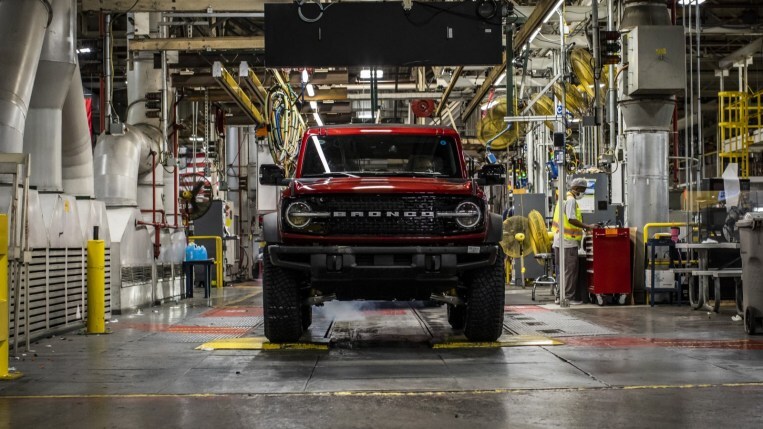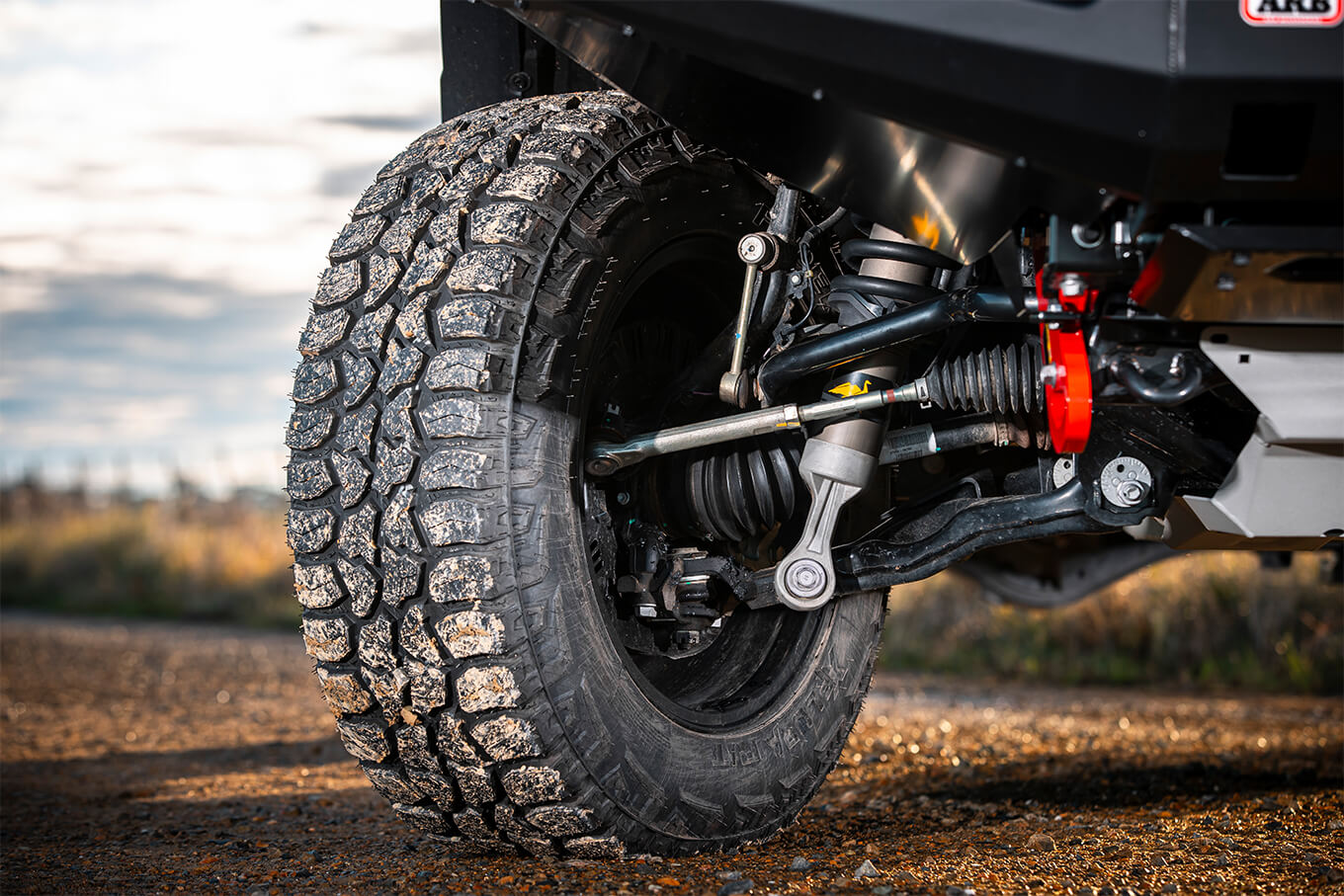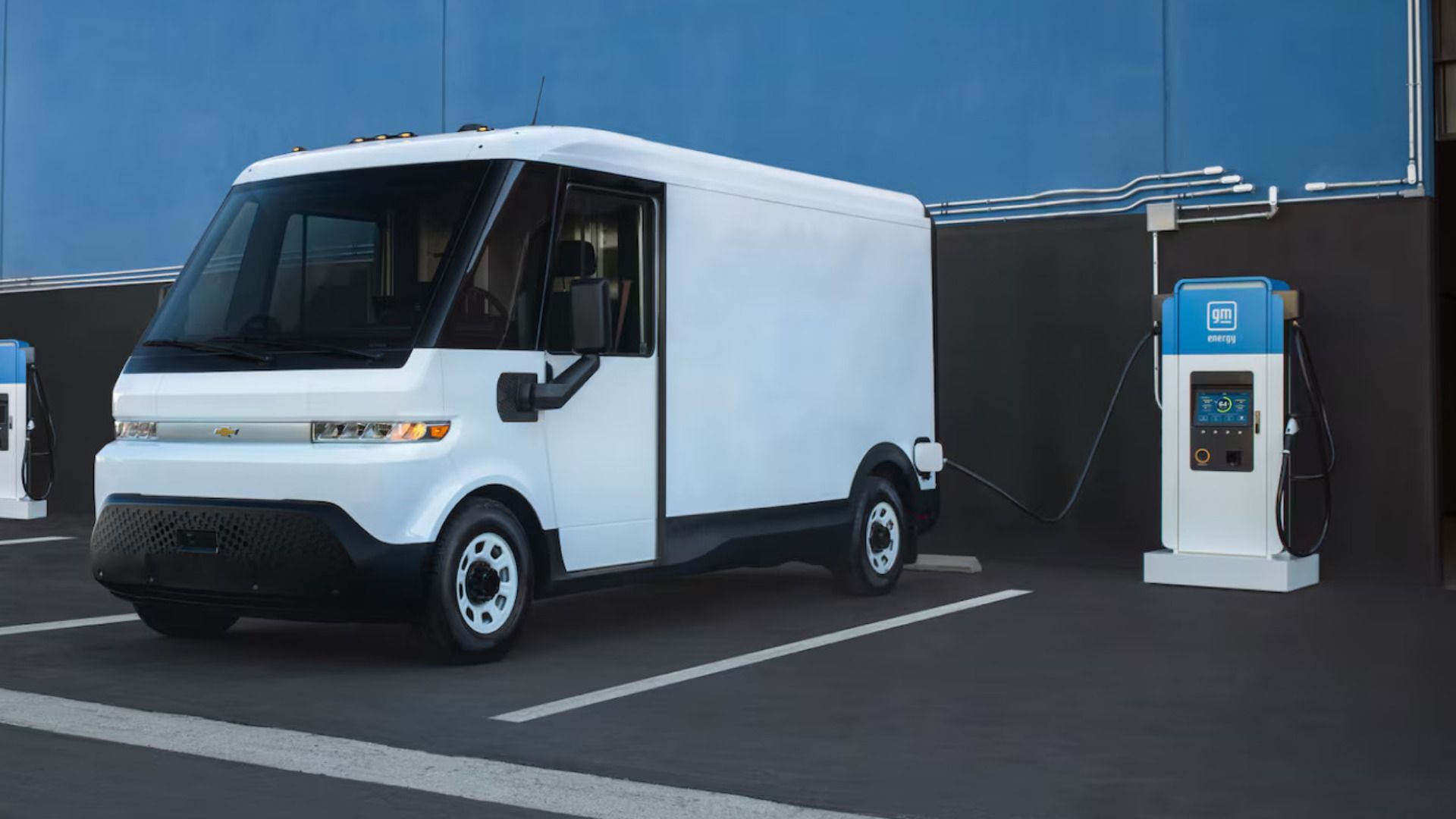Microchip Shortage Update: Car Inventories Could Stay Low All Next Year
A worldwide shortage of microchips has forced automakers to slow or stop production of many cars. That has pushed car prices to record highs in both the new and used markets. Analysts have consistently predicted that the problem would ease in 2022. But now, a major chipmaker is warning that it could last into 2023.
Backlog Will Take More than a Year to Clear
Japan’s Rohm Co. is one of the largest suppliers of microchips to the automotive industry. Its largest clients include Toyota, Ford, and Honda.
“All of our production facilities have been running at their full capacity since September last year, but orders from customers are overwhelming,” Rohm CEO Isao Matsumoto told reporters in an interview last week. “I don’t think we can fulfill all the backlog of orders next year.”
Why This Happened
The average new car contains more than 100 of the tiny processors, controlling everything from engine timing to climate settings. They’re in short supply thanks to a combination of factors.
Chip suppliers shut down their own factories early in the COVID-19 pandemic to protect the health of their workers. Once they were able to resume production, an economic slowdown triggered by the pandemic led automakers to trim their orders.
But worldwide, consumers newly working and studying from home went on an electronics buying spree. That gave chip factories more work than they could handle. When newly vaccinated Americans ventured out to buy cars again, automakers attempted to order more chips. But chip factories were already overwhelmed with demand and haven’t been able to step up production.
New Car, Used Car Prices Topping Records
That has left automakers shuttering factories for lack of parts.
While the supply of new cars has waned, consumer demand for them hasn’t. Americans are still buying new vehicles, pushing prices to record highs. The average price paid for a new car in July was an astonishing $42,736. Some in-demand models are now routinely selling for higher than their sticker prices. Higher prices for new cars have sent some new car shoppers into the used car market, pushing used car prices to new highs as well. The average used car price in July rose to $25,500.
Last week, Toyota announced plans to temporarily idle 14 factories. That will leave Japan’s largest automaker with just 60% of its normal output through at least the end of September. General Motors, Ford, and Nissan also announced additional plant pauses stretching into September.
“Should go Away in 2023 or So”
So when will the crisis ease? Kazunori Ito, head of equity research for the financial services giant Morningstar, told investors last week, “the current crunch is stemming from suppliers’ lack of output and [automakers] trying to buy more components than what they need” to avoid leaving themselves in this position again. “Both should go away in 2023 or so.”
Rohm’s Matsumoto gave a similar warning. “Our plan to increase the quantity of chips we ask others to make on our behalf hasn’t changed, but these foundries have no such capacity right now, and next year looks very tight as well,” he said. “Maybe we can resume it from a year after next, albeit gradually.”






